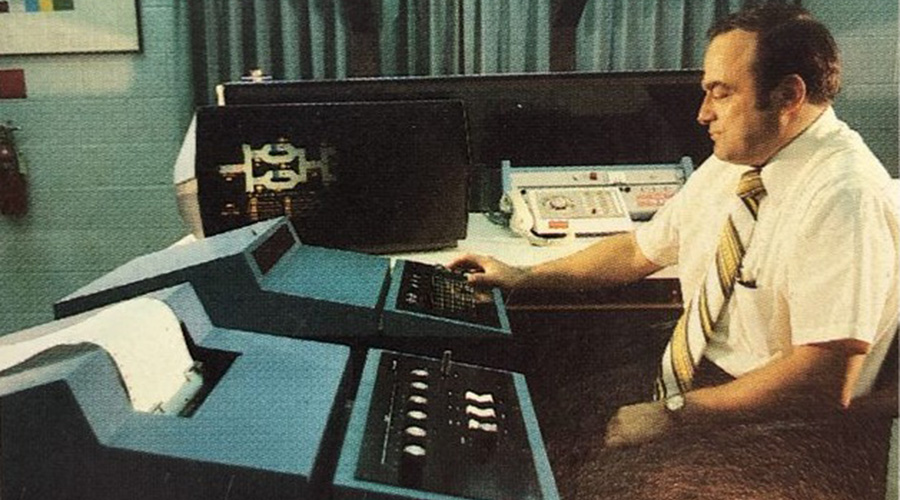Savvy Maintenance Spending Focuses on Equipment and Inventory
Few financial managers have the qualifications to make judgments or reductions when developing maintenance budgets. The practice of arbitrarily reducing maintenance budgets by some percentage places the organization and its facilities at greater risk.
I advocate that managers use an equipment maintenance plan to develop actual costs for maintaining a piece of equipment or building. This plan documents the necessary maintenance tasks to keep a piece of equipment or building operating efficiently.
Once you have developed this document, you can manage the budget process more effectively. If you document all the basic maintenance activities required, along with trade skills and hours to execute these activities, you can summarize the costs to develop a realistic, solid budget.
Deferred Maintenance
Many organizations I work with set absolute budget time frames — monthly, quarterly, or annually. The problem with this strategy is that setting strict limits on maintenance spending often creates the need to defer maintenance. But buildings and equipment do not negotiate or consult before they begin to fail. Nature typically does not send an e-mail before creating a trail of destruction. You need to develop an emergency budget for unforeseen events. It's much easier to take something out of the reserves than it is to add it later.
Contractor budgeting also can be difficult to calculate and manage. A few simple rules can help develop accurate budgets for contractors. Determine the work to be outsourced and work that will remain in-house. Identify the contractors that will bid on or negotiate the work. Evaluate their bids, and select the winning contract. Hold negotiations that clearly define the work, payment terms, and inspection process to assure compliance. Many organizations fail to follow through on this last step.
Inventory Management
I'm amazed at how many managers try to minimize inventory levels, then scratch their heads when the materials budget blows up.
The materials component represents about 50-60 percent of total budget expenditures. Too much inventory is a black hole for budgeted funds, and too little inventory creates a risk for the facility. Your job is to find the sweet spot of correct inventory levels. Use the equipment maintenance plan mentioned earlier to calculate annual equipment or material costs for each activity. Estimate the total costs for all equipment, and build those costs into your budget.
Once you get your arms around the projected spending and divide this number into separate accounts, the finance department assigns them to the general ledger. The result is a budget you developed using people, data, tools, and educated estimates — one that is hard to challenge.
Andrew Gager, CMRP, CPIM, is director of consulting services with Marshall Institute — an asset management consulting and training company that helps companies improve the maintenance contribution to organizational performance. Gager has more than 25 years of experience, ranging from warehousing operations to plant management.
Agree? Disagree? Have something to say?
We want to hear from you. Visit myfacilitiesnet.com/members/andygager/default.aspx, and "Start a Conversation."
Related Topics:












